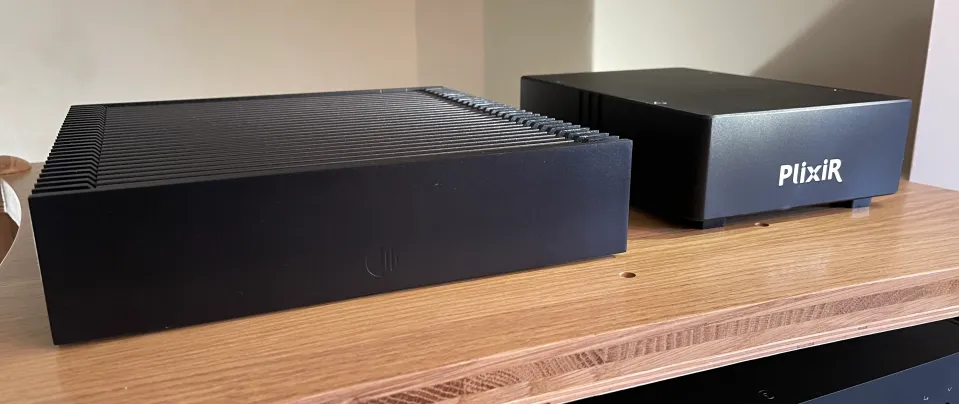Plixir
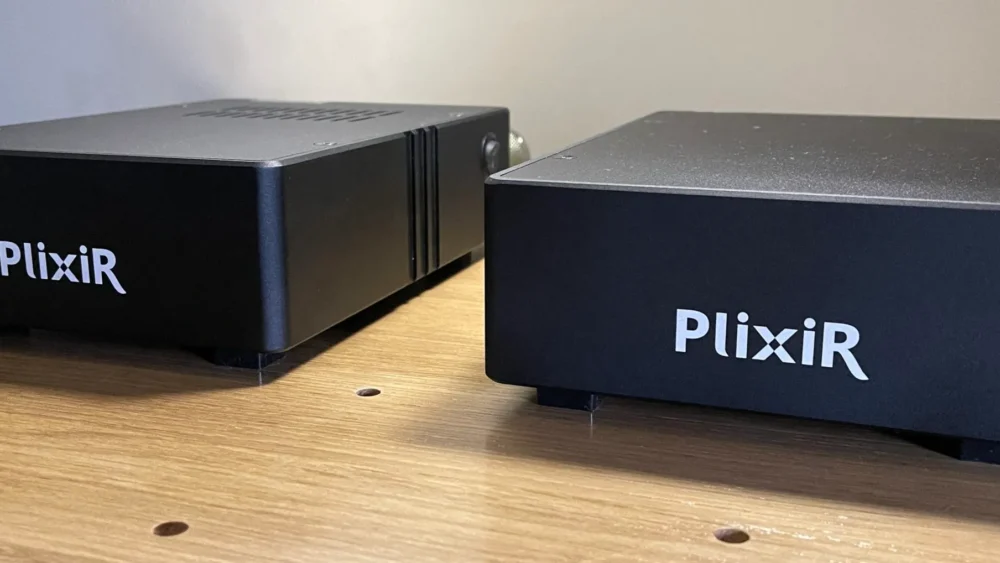
Plixir Power Supplies
Plixir Power was founded by James Soh in Singapore in 2014, although his experience within the audio industry back dates way further that with experience at Philips, Cirrus Logic and Behringer. He is also a graduate of the University of Singapore reading Electronics. James is an avid music lover, and an accomplished tuba player, a difficult instrument which he started learning at the age of nine. He has represented Singapore in many overseas wind band competitions and was a founding member of The Philharmonic Winds, the premier Wind Band in Singapore. James’ real interest though lies in the realm of digital audio systems, where he marvels at how digital systems translate digital signals into sound. He started dabbling in DIY audio electronics in his teens, and throughout his university days.
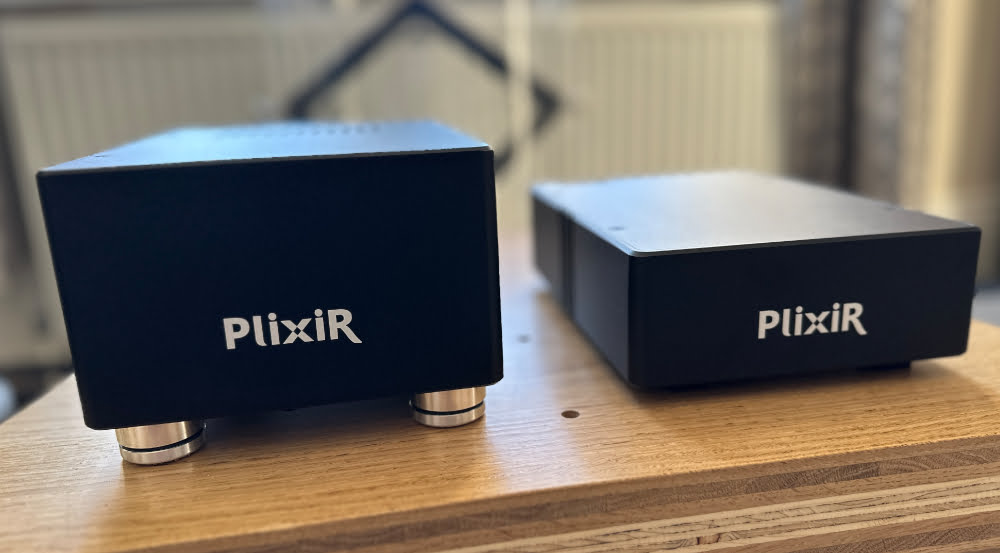
James designed the extensive range of AC and DC Plixir products and the remit of these is quite simple – to provide effective and obvious improvements to whatever devices you use them with essentially!
Audio products that are powered by external DC power supplies are becoming quite commonplace and invariably the included power supply simply has to work and not too much thought will have gone into its design and execution. Replace that power supply with something that has been correctly engineered using high quality components and the results more often than not are fairly instant and obvious and you will get a lot more performance from your system as a result.
DC power supplies are traditionally SMPS based (switched mode power supply) due to the fact they are very inexpensive to manufacture, they don’t weigh very much so they don’t cost a lot to transport around the world and typically they will accept a wide range of incoming voltages so they are flexible. The downside to them is they are noisy and they frequently pollute AC mains so they actually effect other components in your system and the signal ground will also get heavily polluted due to excessive noise injection which is typically given no consideration at all in low cost SMPS supplies. The higher the current delivered by the DC power supply means more noise will be injected as well.
All Plixir DC supplies are designed with the above flaws taken into account, plus they have superb noise specification and safety aspects as well. With the Elite Balanced DC power supplies there is no signal ground noise injection and no ground loop problems, however the downside to this design is the transformer needs to be doubled in size to deliver the same power hence the larger size and weight. There is 2 stage voltage regulation, the first stage removes the majority of the noise and also removes the heat from the second stage voltage regulator. This 2 stage design effectively acts as a barrier to prevent pollution upstream to AC mains and Plixir refer to it as the ‘brain and brawn method’. The pre-regulation stage (the brawn) handles most of the issue mentioned above and isolates the actual regulator stage (the brain) from these ill artefacts. Free from negative influence this allows the voltage regulator to be able to perform optimally in terms of noise, slew rate and output impedance.
Elite and Statement Balanced DC Power Supplies
There’s an extensive range of BDC supplies available, I have not listed them all below just the key models, but I have access to the full range.
The Statement BDC is the flagship Plixir Power Supply, there are 2 versions of this model available, 12V 6amp or 19V 6amp. The 12V version has 2 outputs – suitable for a variety of applications including the Taiko Extreme Switch and Router, plus of course the Melco N100, S100 and D100, the 19V version is for using on a Roon Core and is single output only.
Below the Statement is the Elite range and as you can see below there are a few more options with this range.
Elite BDC 5V 2 amp – 1 output (£595) suitable for the ADOT Fibre Optic Media Converters
Elite BDC 12V 2 amp – 1 output (£595), suitable for Melco N100, S100, D100, Exogal Comet, etherRegen, SOTM
Elite BDC 12V 4 amp – 2 outputs (£895) power 2 devices at once, e.g, Melco N100 and D100
Elite BDC NUC 19V 4 amp – 1 output (£750) designed specifically for Intel NUC and Roon Nucleus
Elite BDC Chord MScaler 15V 4 amp – 1 x 2.5mm output (£800) designed specifically for the Chord MScaler
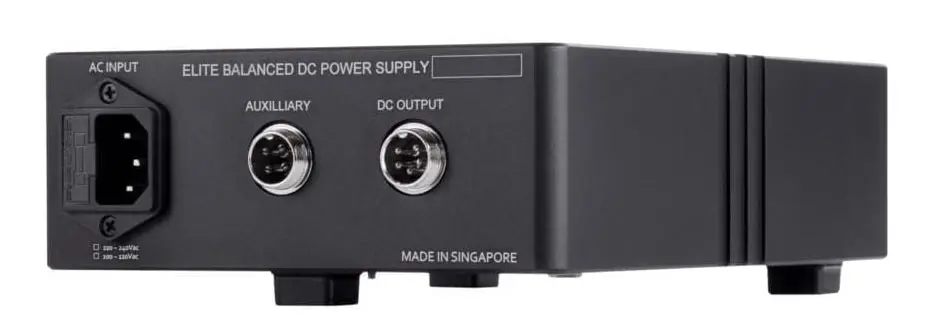
If you have a Melco S100 or N100 for example the single output 12V, 2 amp model at £595 is perfect, this been been the most popular model.
The 4 amp dual output version is ideal if you are running 2 devices in your system (providing those 2 items don’t exceed 4 amps), but there is also a 6 amp version available as well (£950) which offers greater headroom and as a result better performance.
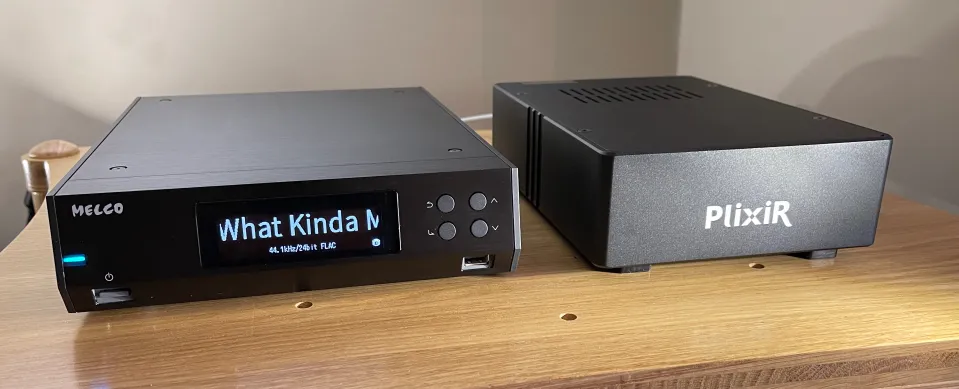
I’ve spent some time with a couple of different BDC models, powering an S100, a Roon Nucleus and an N100, in different systems and all together and I’m pleased to report in all cases each BDC model offers an fairly instant and obvious improvement to overall system performance.
Streaming Qobuz to the Vitus RI-101 mk2 DAC module via the S100 always sounds excellent, but with the S100 powered by a BDC the presentation had a really nice uplift in clarity, there was more detail and resolution but it was never forced in the way it was presented. Running with this BDC in place for a few days and switching back to the S100’s standard supply and the differences were quite obvious. A Vitus RI-101 and an S100 never sounds poor to be fair, but it was certainly much more enjoyable and engaging with the Elite BDC in play.
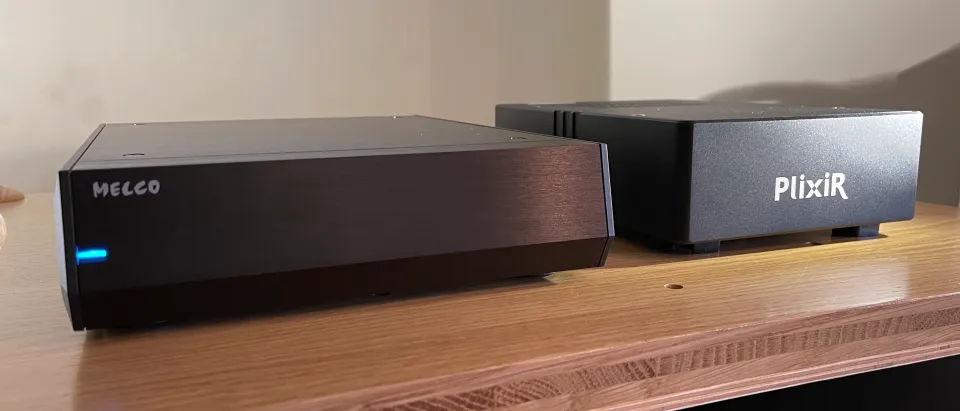
Much the same occurred with the 19V BDC connected to a Roon Nucleus, when using Roon I always find the Nucleus and the Intel NUC very sensitive to improvements (Stillpoints and Entreq spring to mind here) and the BDC was no exception. The Nucleus is connected to the S100 and I ran the S100 with and without the BDC connected and in both cases playback from Roon was better, simply more engaging.
Lastly I connected a Melco N100 to a Gold Note DS-10 DAC (via USB), connected to 2 Gold Note PA-10 power amplifiers and to be fair it was simply more of the same. With the BDC connected up the N100 become more open sounding with better resolution, the improvement had as much to do with what you couldn’t hear as what you could, that old hi-fi cliche of an inky black background was very evident here and the soundstage become more solid and 3 dimensional. In the context of a £2000 Melco being used with a £2300 DAC the £595 power supply is a really cost effective upgrade.
If you have use a piece of equipment that operates on a basic DC power supply there is certainly scope to take the performance up a level or two with a Plixir power supply of whatever form it may take.
The Elite range offers excellent performance, but, if you have the budget the Statement model (£1450 for 12V 4amp, 2 outputs) is a considerable jump over the Elite options, even if you only require 1 output. Connected to an S100 the jump from the Elite to the Statement is sonically more obvious than the jump from the stock PSU to the Elite option. It is a superb power supply and genuinely takes things to new level.
